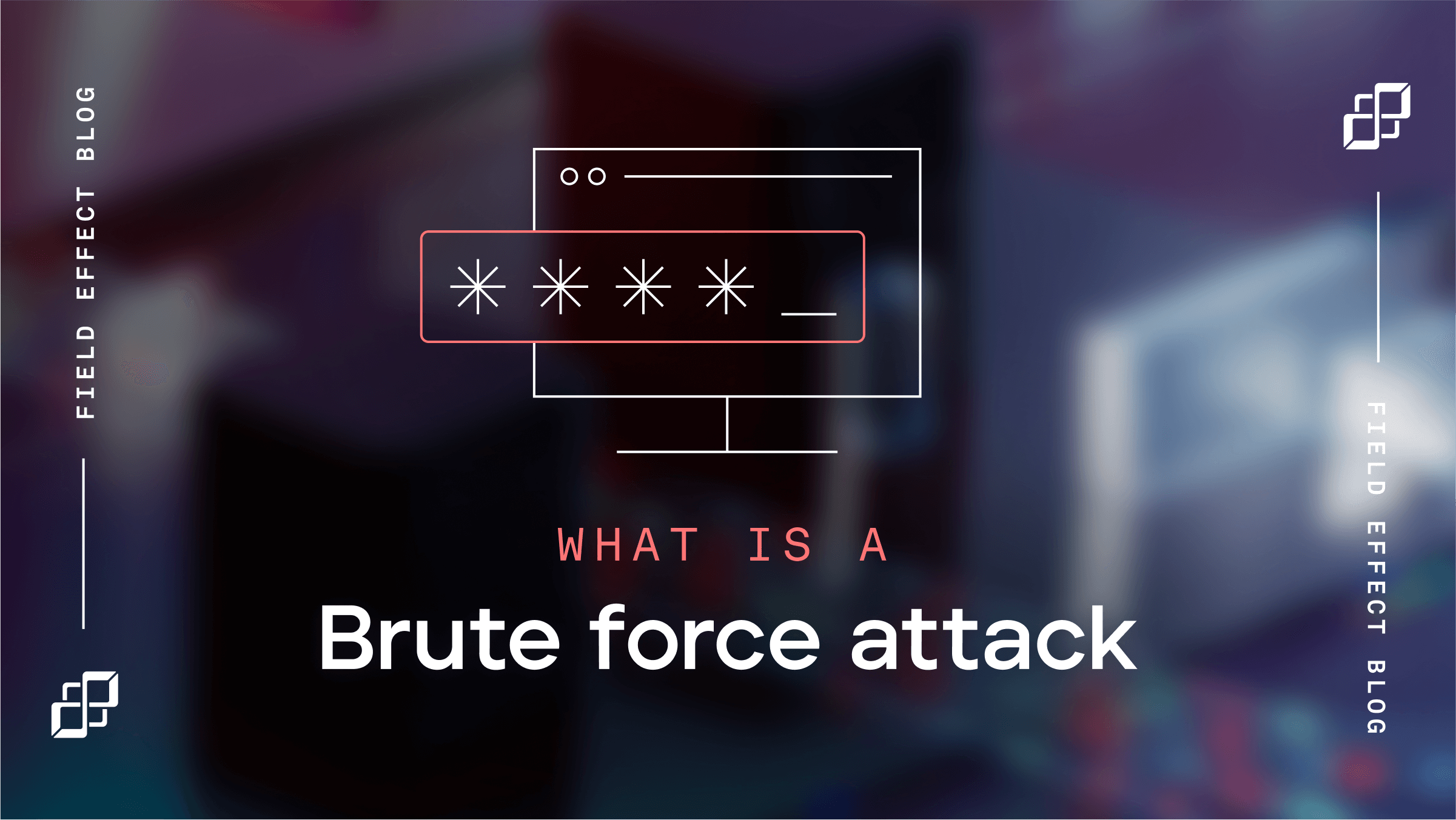The cybersecurity threats facing your business today are constantly changing, along with your network as new software, hardware, and user activity are introduced. All of these factors present an ideal scenario for a cyberattack.
Understanding your threat surface is a critical step to improving your network security posture.
What is a threat surface?
The threat surface is the set of all parts of a network where vulnerabilities and threats could lead to access by unauthorized users.
Networks are dynamic, constantly growing to incorporate new devices, data, applications, and users, as business needs evolve. As your network grows to keep pace with your business or organization, so does your threat surface.
Servers offering web services, remote users connecting to the company network and accessing files, and even devices that control the temperature and lighting in your office all increase your threat surface, putting you at greater risk and creating new opportunities for unauthorized access.
Why threat surface is important in security
Many small and mid-size businesses assume their operations are not large enough to make them an appealing target for a cyberattack. Yet a company’s threat surface may reveal this isn’t the case. Companies without the resources for cybersecurity protection often have the highest risks and the largest threat surface, introducing the potential for attacks of opportunity.
These attacks are often widespread attempts at exploiting vulnerable, Internet-exposed services. We were reminded of the dangers of these types of attacks when WannaCry ransomware compromised business, organization, and government networks in 150 countries way back in 2017.
It’s important to understand that access to data is not the only driver. Attackers may be interested in:
- Preventing users from accessing systems and data (e.g., ransomware)
- Using systems on your network as infrastructure for attacks on other systems (e.g., command and control)
- Using your infrastructure and systems for another form of financial gain (e.g., bitcoin mining)
How to reduce your threat surface
Minimizing your security risks reduces your threat surface—but you need to first understand the areas where you are exposed to risk.
Step 1. Know your network
Securing your network starts with knowing it inside and out. Networks are the engines that drive the data access and exchange between systems and users, providing communications between hosts, networking hardware and software, corporate applications, and users.
Understanding how your network is configured and the elements that may expose it to risk are critical. Equally important is continuing to gauge the health of your networking hardware, storage solutions, applications, IT policies, and devices connecting to your network.
Step 2. Know the threats to your network
Threats are constantly evolving, finding new ways to gain access to networks. At the same time, unpatched or older versions of software, as well as hardware that requires upgrades or replacement, can create vulnerabilities in your perimeter and opportunities for unauthorized access.
Users also add to the risks: employees, third-party vendors, and even customers are simply human and can be enticed to click links, install untrusted software, and unknowingly transmit sensitive data over insecure channels.
Once unauthorized access occurs, attackers may leverage compromised accounts to exploit the trust relationship between organizations and partners. Awareness and visibility of these risks are key to preventing attacks.
Step 3. Know what to do in response to those threats
Armed with a solid understanding of your network and the potential threats, you can better identify the most effective, affordable tools and techniques to reduce your threat surface exposure.
A good rule of thumb is applying proactive measures that increase visibility, improve response time, protect all access points in your network, and provide ways to quickly recover data and systems from attacks of any severity.
Understanding and identifying the risks will help you improve the health and hygiene of your network and ultimately strengthen your cybersecurity defence.
How to protect your threat surface
Your threat surface is more than just your endpoints or network. That's why point solutions and limited cybersecurity tools can't provide the level of protection your business needs against cyber threats.
At Field Effect, our approach to helping businesses and organizations build a cybersecurity defence is focused on what we call threat surface protection. This is our systematic and proactive approach to understanding your network and its behaviour, identifying anomalies and active threats, and most importantly, continually working to mitigate security risks to your organization and reducing your threat surface.
Learn more about Field Effect MDR, our holistic cybersecurity solution that not only helps reduce your threat surface by proactively identifying vulnerabilities and gaps, but also detects and responds to threats across your entire business in real time.
